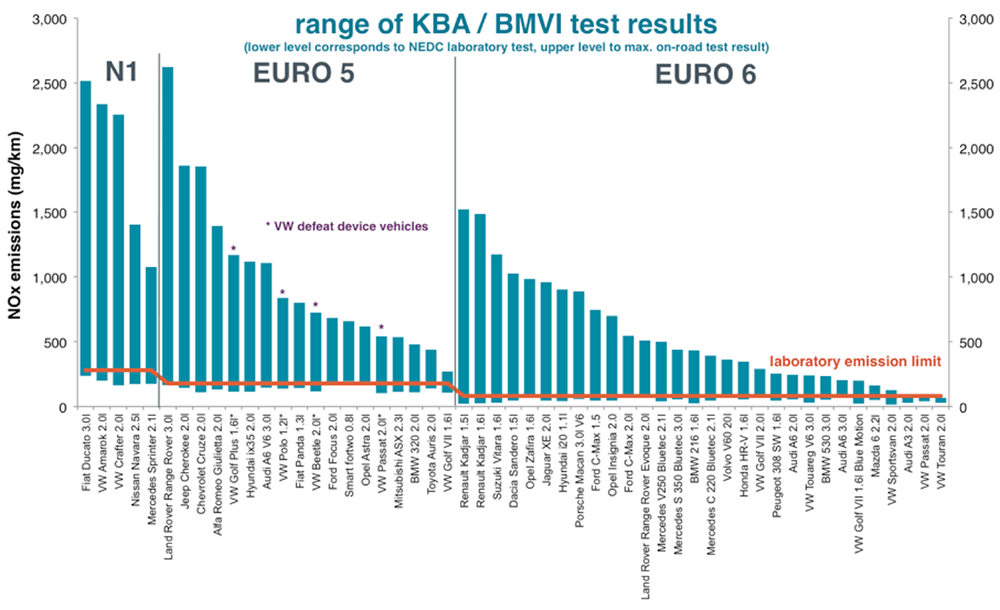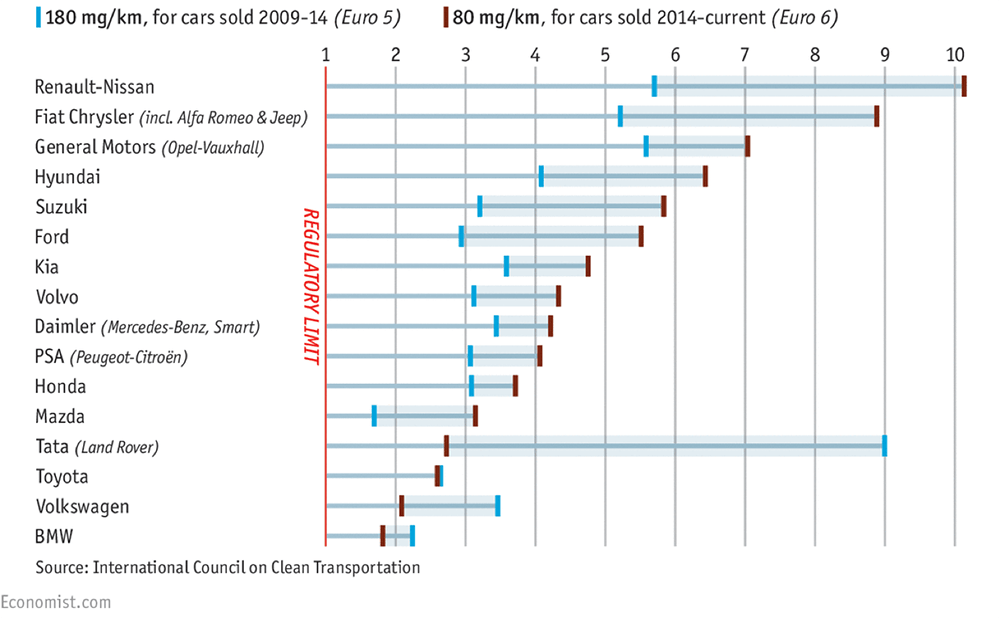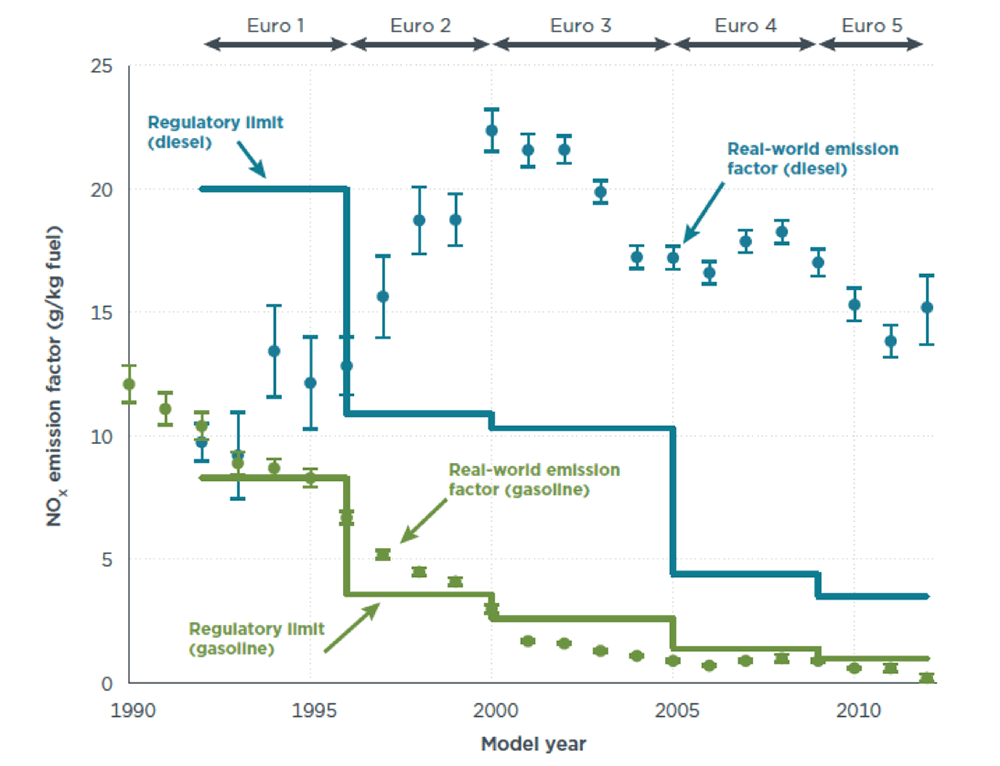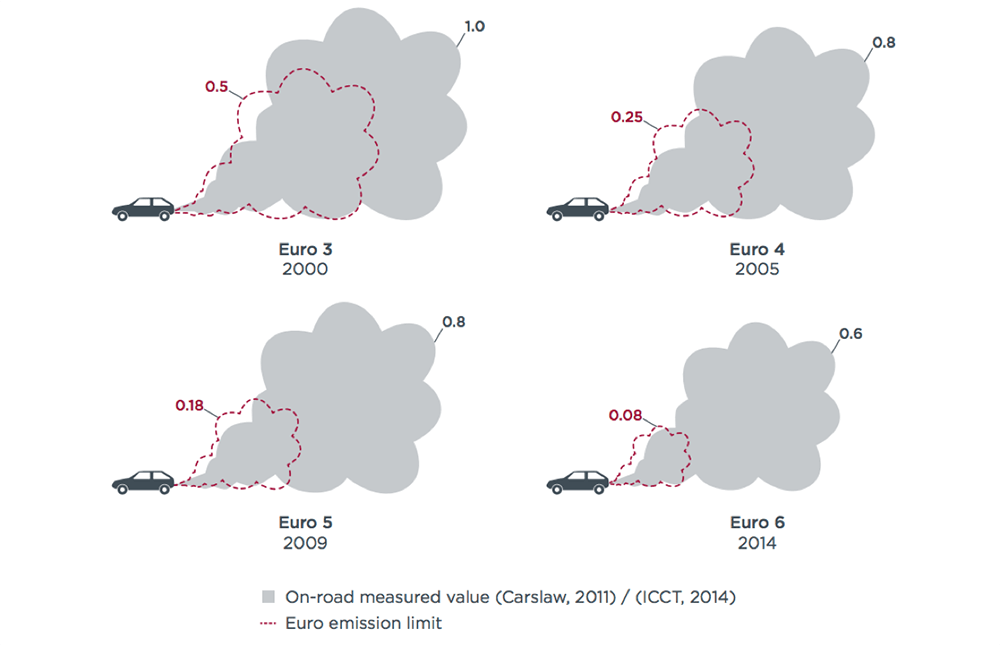Will the future RDE regulation be enough to restore trust in diesel technology?
Press release
Identifying clean vehicles to improve air quality in Paris and London [press statement]
(29 March 2017) The International Council on Clean Transportation is honored to be asked to collaborate with the cities of Paris and London, together with C40 Cities, the FIA Foundation, and others, in a pathbreaking new project to improve the air quality in these two great cities by identifying the cleanest cars and trucks on the market, and on their roads.
In a joint press conference today at Paris City Hall, Mayor Anne Hidalgo of Paris and Mayor Sadiq Khan of London announced complementary vehicle emissions scoring projects that will identify real-world pollution levels from vehicles and provide that data in an accurate and accessible form to the public. Other cities have committed to work with the C40 Cities toward adoption of similar schemes.
“The ICCT looks forward to working with Mayor Hidalgo and Mayor Khan to improve air quality in their cities by better informing the public about actual air pollution levels from passenger vehicles,” said Drew Kodjak, executive director of the ICCT. “We strongly believe that data transparency coupled with policy is the most effective way of encouraging auto companies to build vehicles with durable emission controls.”
The initiative announced today by Paris and London is supported by The Real Urban Emissions (TRUE) Project, funded by Bloomberg Philanthropies, the FIA Foundation, and the Joshua and Anita Bekenstein Charitable Fund. This new undertaking will capture detailed information on pollutants from vehicle exhaust using remote-sensing equipment and portable emissions monitoring systems. The ICCT will be the lead technical organizational partner managing vehicle testing and data analysis in the TRUE Project.
Media Contact: Joe Schultz, joe@theicct.org, +1 202.534.1615
Fact sheet
Urban air pollution is a critical problem throughout Europe, and excessive nitrogen oxide (NOx) emissions from passenger diesel cars are a leading cause.
- Europe’s passenger vehicle fleet has more diesel vehicles by far than any place else in the world.
- Modern heavy-duty trucks and buses, on average, emit less NOx per kilometer in real-world, on-road operation than modern diesel passenger cars.
Labeling is a good step forward to improve urban air quality.
- Labeling schemes, such as the Crit’Air program, certify vehicles’ environmental class based on pollutant emissions, and consequently may distinguish diesel from gasoline powertrains. The City of Paris uses the Crit’Air program to incentivize the cleanest vehicles and ban older vehicles that emit more air pollutants.
- Independent real-world emissions testing by the ICCT and others confirms the effectiveness of this approach for certain pollutants, which are emitted in greater quantity by older vehicles: hydrocarbons, which are ozone precursors; carbon monoxide; and fine particles, which are important causes cardiopulmonary disease.
But labelling by itself is not sufficient to address the diesel vehicle problem.
- On average, European passenger diesel cars emit NOx emissions under real world driving conditions that are seven (7) times the regulatory limit.
- Even vehicles that meet the latest (Euro 6) emission standard in most cases (but not all) emit excessive amounts of NOx in real-world operation.
- Real world testing data from testing campaigns in German, the UK, France, and other Member States shows that the majority of Euro 6 vehicles are still emitting NOx at several times legal limits.
- The diesel vehicle ban recently announced by Paris, Madrid, Athens, and Mexico City, along with measures to provide for public disclosure of real-world testing data on an ongoing basis, is a logical next step to bring about a needed rapid improvement in air quality.
The Real Urban Emissions (TRUE) Project is designed to fill the gap in publicly available information on vehicle pollutant emissions in Europe.
- TRUE will use a combination of measurement techniques, including remote sensing and portable emissions (PEMS) testing, to produce a granular picture of the on-road emissions of the entire vehicle fleet by make, model, and year.
- There is evidence that this kind of empirical data can effectively illuminate the performance of the in-use fleet. Vehicle emissions monitoring done by the city of Zurich from 1990 to 2012 demonstrated that while NOx emissions from petrol cars declined in step with standards, diesel vehicles remained well above regulatory limits.
Public disclosure of real-world driving emissions will increase transparency and allow citizens to make the right choice when purchasing vehicles.
- Public outrage over Dieselgate has emphatically shown that consumers care about the pollution their cars cause, and therefore are likely to use real-world emissions data to inform their purchasing decisions.
The upcoming Real Driving Emissions (RDE) regulation will address the issue of excessive NOx emissions, but the phase in will be slow and effectiveness limited.
- The RDE will only be fully in place by January 2021.
- In its likely final version, real world NOx emissions are still expected to be more than twice the regulatory limit, and three times higher than for gasoline vehicles.

German real-world testing data found Euro 5 and Euro 6 diesel cars’ NOx emissions many times regulatory limits.

NOx emissions of selected diesel vehicles, average ratio of actual emissions to regulatory limit. (Source: Economist.com, from data compiled by ICCT from EU government real-world testing programs in 2016.)

Zurich remote sensing data shows a wide disparity between petrol and diesel car NOx emissions, and substantial noncompliance by diesel cars. (Figure from Dallmann and Façanha, Environmental Risks of Diesel Passenger Vehicles in Brazil, based on Yuche Chen and Jens Borken-Kleefeld, ‘Real-Driving Emissions from Cars and Light Commercial Vehicles – Results from 13 Years Remote Sensing at Zurich/CH’. Atmospheric Environment 88 (May 2014): 157–64. doi:10.1016/j.atmosenv.2014.01.040.)
